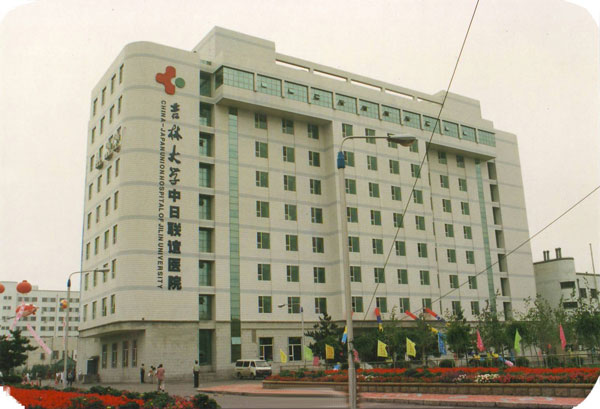
 Wandering the streets you see many places where they are drying fish...right on the sidewalk. Make sure you wash your dried fish seems to be the moral of the story.
Wandering the streets you see many places where they are drying fish...right on the sidewalk. Make sure you wash your dried fish seems to be the moral of the story.  I have enjoyed the beer, which is for sale in its raw or unfiltered form here. Have also had some great fish dumplings and shrimp dishes.
I have enjoyed the beer, which is for sale in its raw or unfiltered form here. Have also had some great fish dumplings and shrimp dishes. We paid 60RMB to sit under an umbrella at Beach #1 today. Beggars kept coming along to ask for money, but the most startling beggar experience I have had in China was not at the beach but right after getting off the train here. A woman and her three children came up to me and the children started to tug at my clothing. It was tragic and sad.
 |
| An old-fashioned bottle-washer |
 Tsingtao Brewery Co., Ltd. has been many things in its illustrious history, including owned and operated by the Japanese during the First World War. It was run as the Dai Nippon Brewery Co., Ltd. In 1922, the Chinese re-took Qingdao from its occupiers, but the company continued to be run by the Japanese until the end of the Second World War.
Tsingtao Brewery Co., Ltd. has been many things in its illustrious history, including owned and operated by the Japanese during the First World War. It was run as the Dai Nippon Brewery Co., Ltd. In 1922, the Chinese re-took Qingdao from its occupiers, but the company continued to be run by the Japanese until the end of the Second World War.The brewery was founded on August 15, 1903 as the Germania-Brauerei (Germania Brewery) with a paid-in capital of 400,000 Mexican silver dollars.
Originally, Tsingtao Beer was brewed in accordance with the German Reinheitsgebot ('Purity Law') of 1516, therefore the only ingredients that were used were water, barley, and hops. This German law is the oldest food safety law in the world still enforced. However, after privatization the recipe changed; like many other beers made in China, Tsingtao Beer contains a proportion of rice (less-expensive) as an adjunct in the mash.
There was a lot of general history about beer and the process of making it.You could see hops growing and there were life-size dioramas of men malting the barley.
The company has made a commitment to environmental stewardship and had this awesome sign:
Beer was also declared a health food in 1972. Who knew?
The Old Observatory
 I am staying at a youth hostel called The Old Observatory. The rooms
smell like the mold that is growing on the ceiling, but the
air-conditioner works and so does the TV so I have caught some of
China's Olympic glory, as reported by CCTV. Just watched Zhang and Wang vs. the Germans in ping-pong. They pretend like they sometimes sell stamps at the front counter, but I suspect it is a ruse. My room is right across from the dorm room with bunk beds and is the first one you get to on the first floor after checking in so it's a bit noisy. There was a verbal fight late last night between a man and woman.
I am staying at a youth hostel called The Old Observatory. The rooms
smell like the mold that is growing on the ceiling, but the
air-conditioner works and so does the TV so I have caught some of
China's Olympic glory, as reported by CCTV. Just watched Zhang and Wang vs. the Germans in ping-pong. They pretend like they sometimes sell stamps at the front counter, but I suspect it is a ruse. My room is right across from the dorm room with bunk beds and is the first one you get to on the first floor after checking in so it's a bit noisy. There was a verbal fight late last night between a man and woman. The roof deck is wonderful despite the plywood decor on the inside. The parasols hang up-side down as protection from the punishing sun (my forearms got quite burnt in just a couple hours) and water dribbles down the skylights in a continuous fountain.


























































